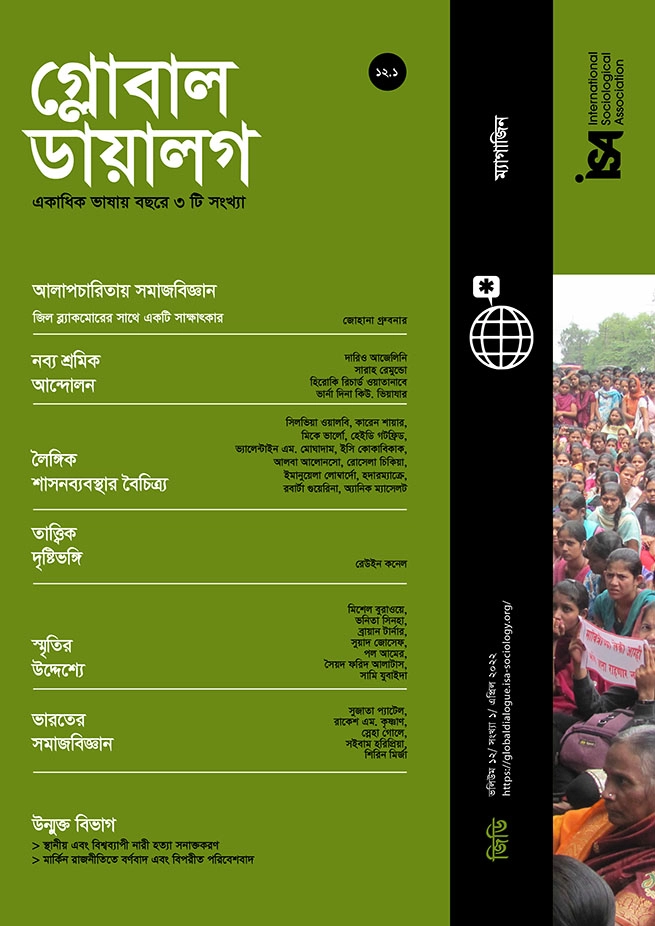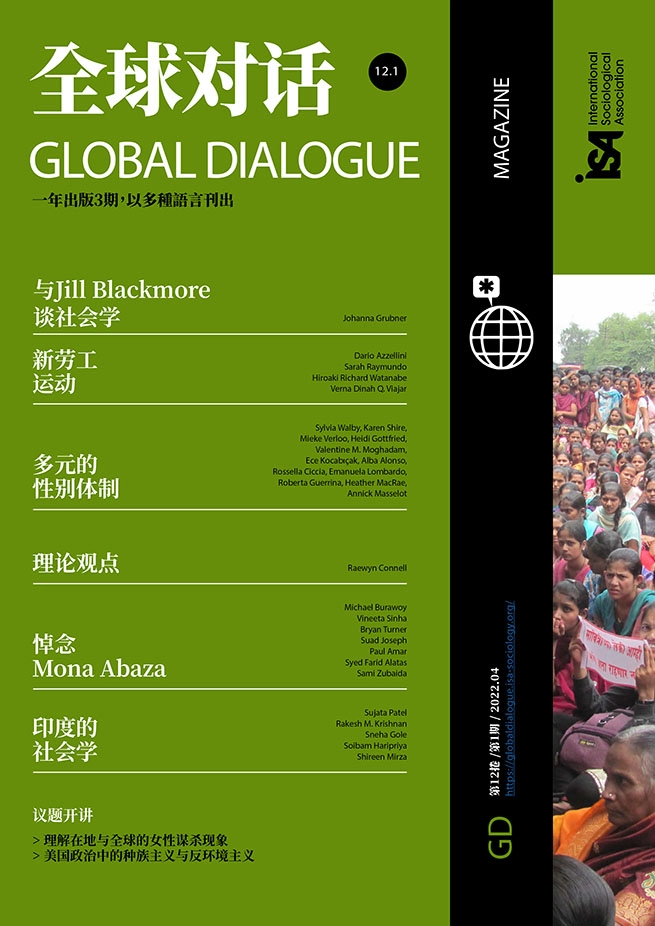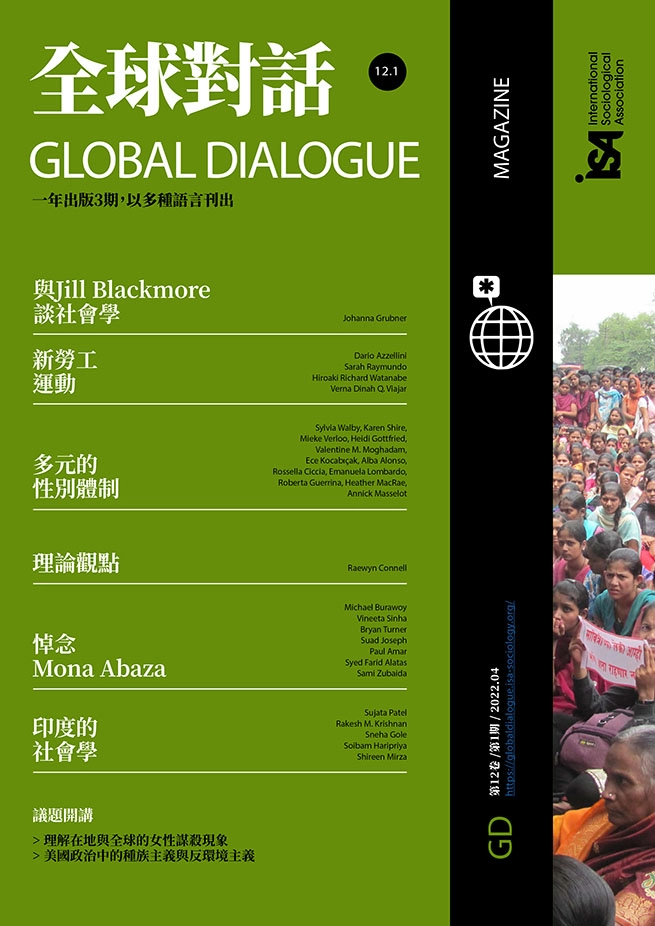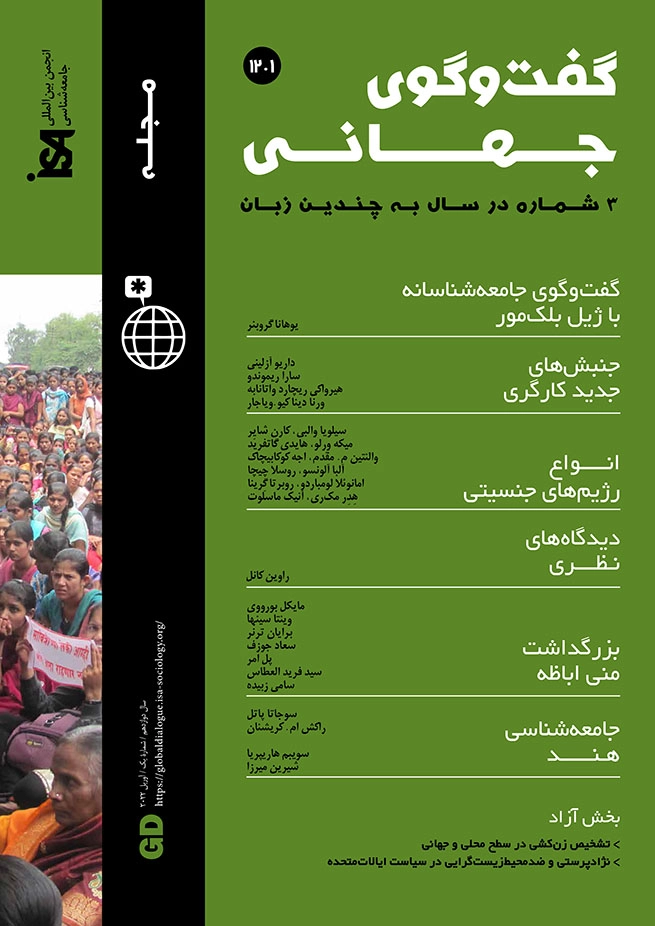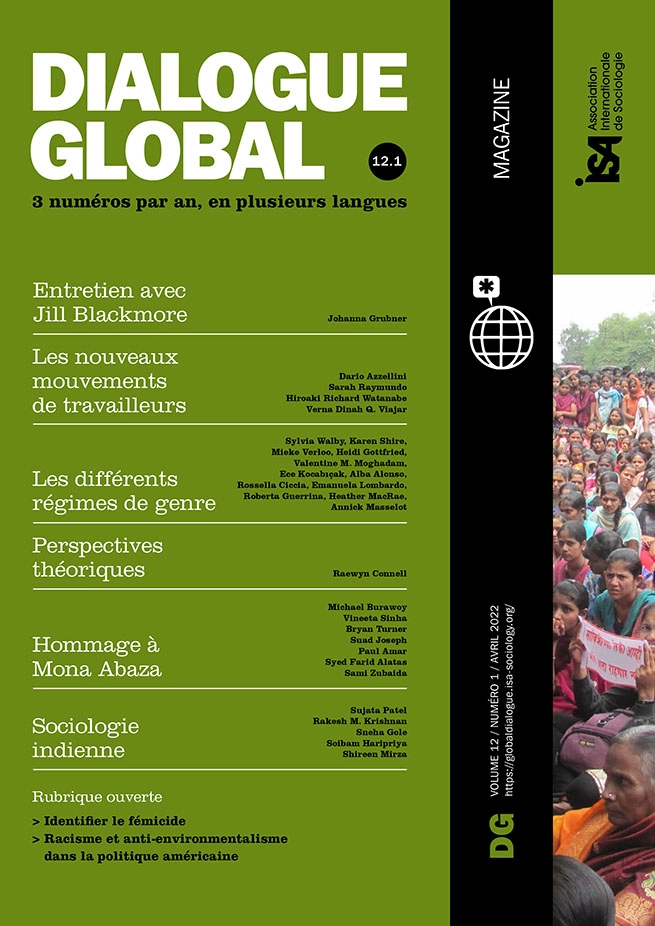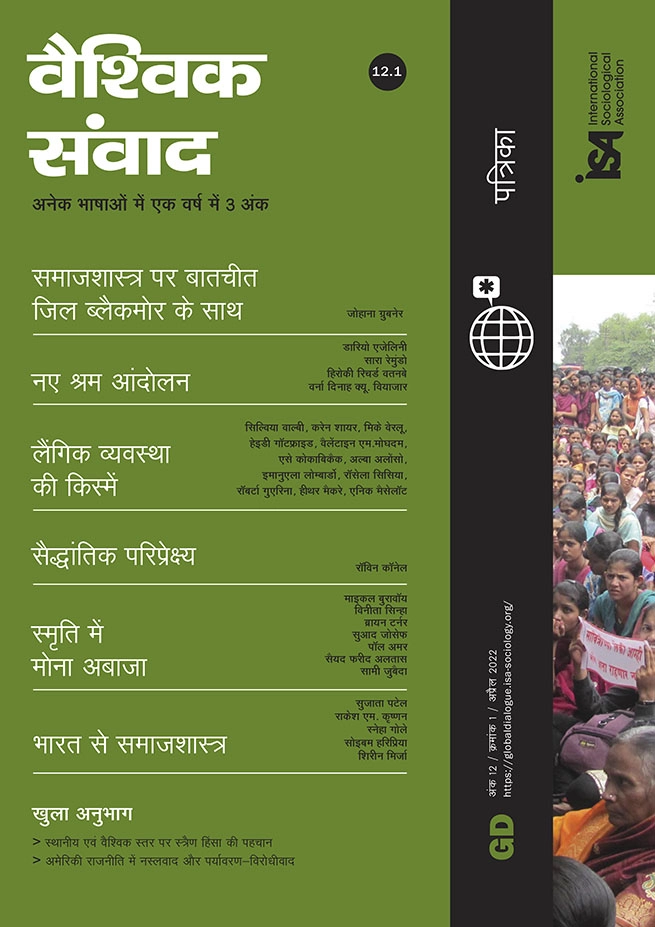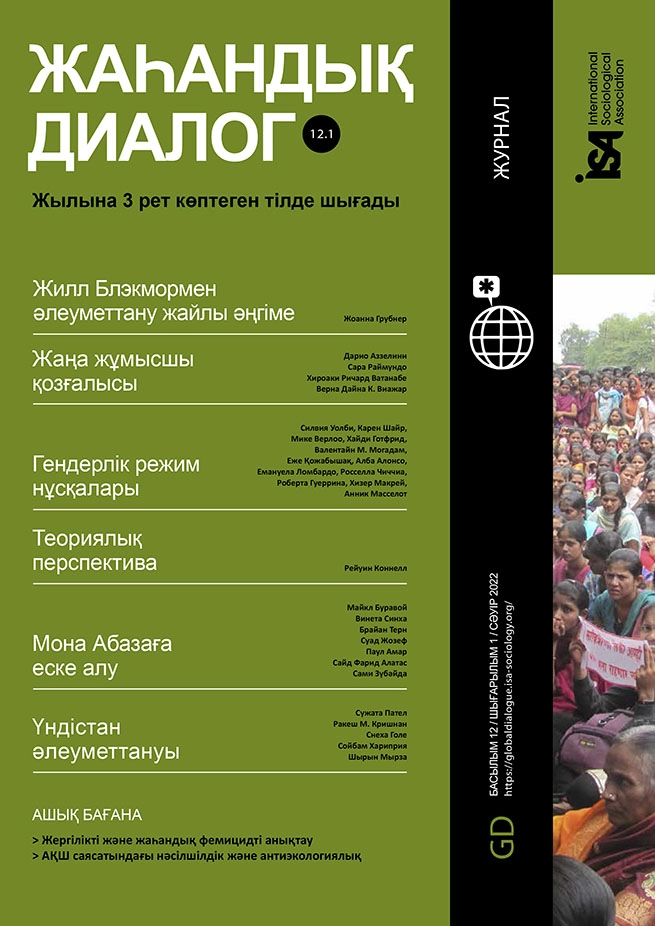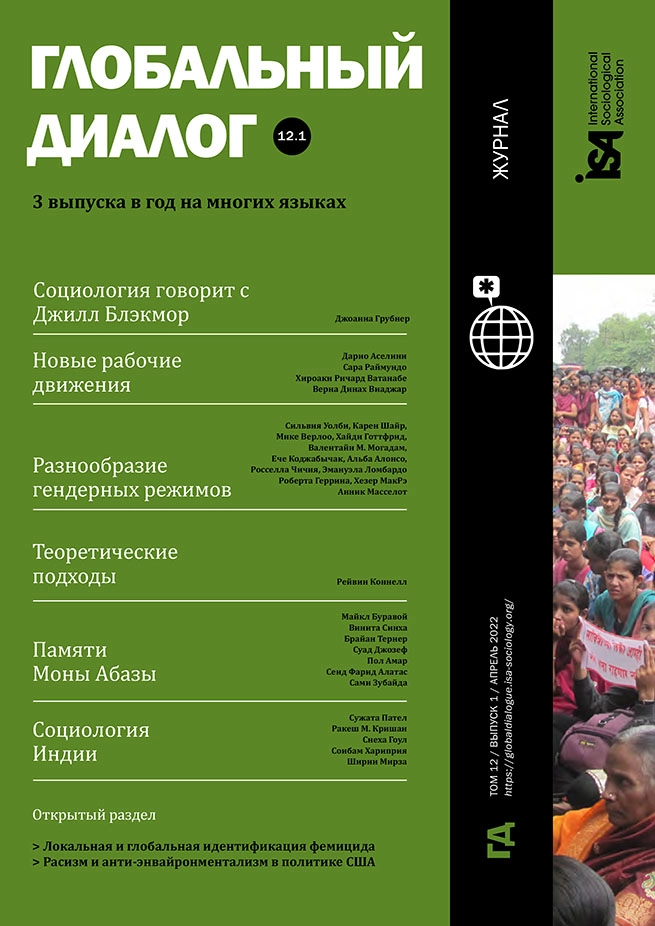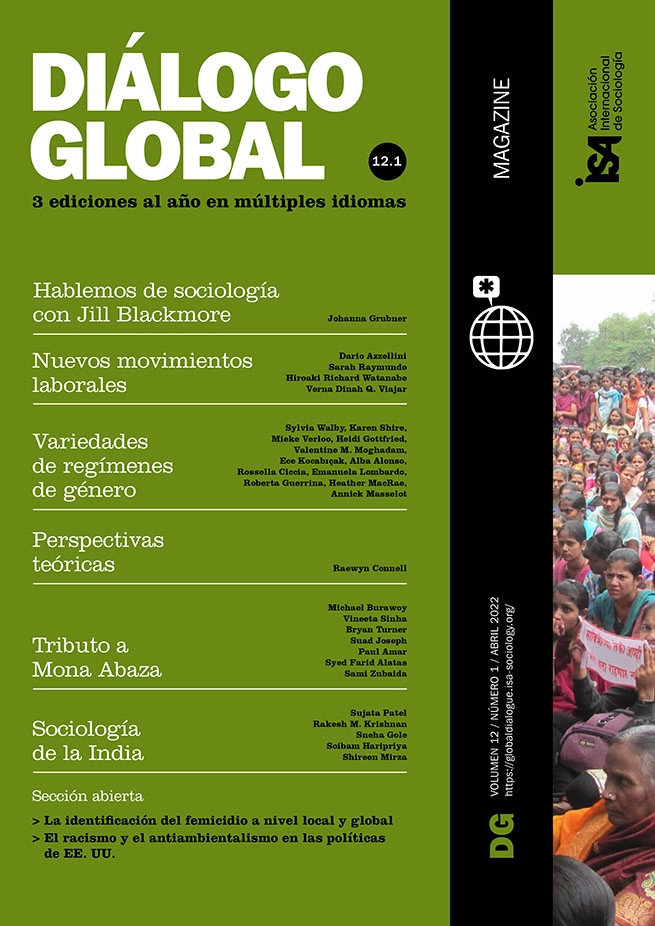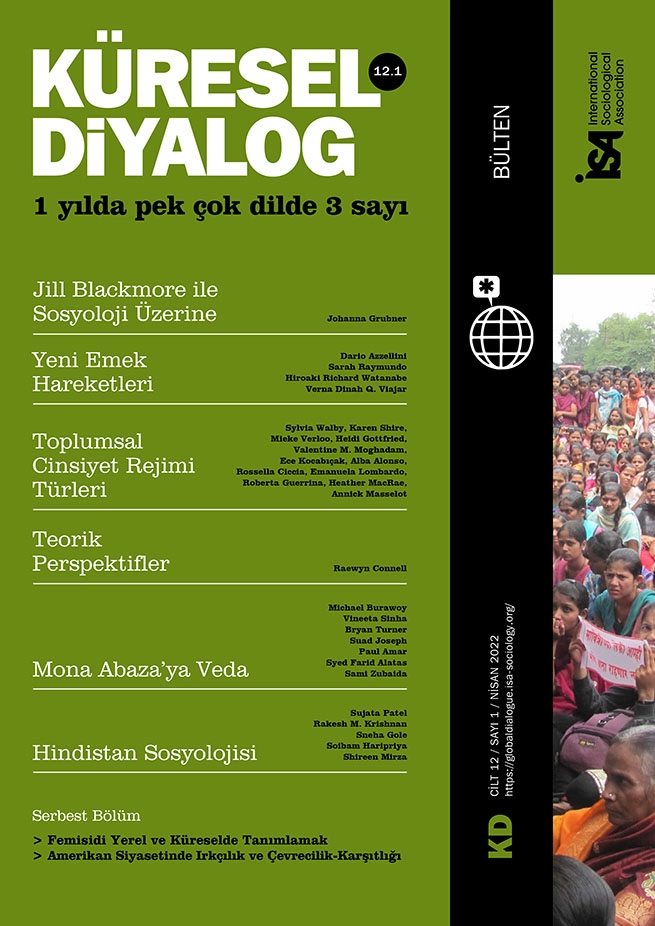In the wake of Germany and Japan’s high growth miracles and economic expansion women advanced in higher education, yet changes in their employment patterns remained limited, punctuated by high levels of part-time work among mothers, persistently large gender pay gaps, and continued burdens of unpaid care; a pattern that was exacerbated during the pandemic. Recent policy initiatives aimed at the organization of care are resulting in “converging divergences” between contemporary gender regimes in a world reconfiguring social reproduction on a global scale, while simultaneously creating new divides among women in the transformation of the gendered division of reproductive labor. The increasing demand for low-wage migrant labor, especially for rapidly aging countries, yields a stronger regional and global integration of social and political economies, and concomitantly a tighter intersection of inequalities along class, gender, and race/citizenship.
Restructuring care work
Germany and Japan continue to situate infant childcare primarily in the private household, and reforms have failed to adequately expand infant care facilities. Declining fertility in both countries, partially a function of the tightly woven male-breadwinner employment system, has generated rapid shifts in the aged population, and with it, increasing demand for elderly care. The newest additions to social policies in both countries are long-term insurance schemes, which in largely similar fashion clearly relocate eldercare in the private household. The partial funding for services through insurance premiums in both countries contributes to encouraging the expansion of care services in the form of low-wage and semi-professionalized labor.
Across the European Union (EU), under pressures of the European employment strategy and its gender targets, childcare has largely become more socialized, at least for children older than three years. Care for children under the age of three, however, is largely still a family matter. The lack of evident changes in men’s behavior in domestic labor fuels attempts within the EU to shift more of women’s unpaid domestic labor into paid market services. Moreover, regardless of whether a gender regime is characteristically social democratic or not, a large share of paid domestic and care labor is relegated to migrant women, in overwhelmingly low-paid and precarious employment conditions. Divergence in this context affects the employment conditions of women, with a clear divide between citizen and non-citizen women’s labor, along which varieties of gender regimes increasingly converge. The social reorganization of reproduction tied to the exit of women from the domestic sphere to enter paid employment in larger numbers, and family policies (like tax credits for hiring domestic help) aim at promoting women’s labor force participation as a strategy of national growth in the context of demographic changes. Thus, growth strategies are tied ever tighter into a supra-national, regional integration of reproduction.
Regional variations
The regional reorganization of reproduction, within the Asia-Pacific in the case of Japan, and the European Union for Germany, varies in important ways. The freedom of services and the freedom of mobility in the European Union have created thoroughly liberalized infrastructures of trade and labor mobility, though evidence showing that Eastern European migration played a role in the German care sector well before it was possible for citizens of the new member states to work legally in Germany suggests functional equivalents rather than fundamental differences. ASEAN countries are lifting barriers in some sectors of skilled labor mobility between their member states, yet the zone operates on a different order than the European Union. Japan has relied on bilateral agreements to effect a similar dynamic of rescaled reproduction. Mobilizing trade agreements, in the lingo of Economic Partnerships, Japan has generated new corridors of care labor mobility; in fact, care labor is the main target of the migration clauses in these agreements. The most prominent source countries, the Philippines, Indonesia, and Vietnam, graft onto prior regional links based on a history of Japanese colonization, Japan’s political influence as the leading donor nation in the region, and its position as the largest foreign investor.
Diverging from Germany, Japan has embarked on a cautious approach to expand the number of migrant care workers by negotiating bilateral agreements and varying the classification of care work as skilled or unskilled. Its labor importing strategy has not filled the perennial labor shortage of care workers, in part because strict controls on immigration, the high hurdles to securing a license, and the limits on pathways to citizenship constrict the flow of migrant labor into Japan. Following its old playbook, the Japanese state interjected itself at the center of intermediation, acting not only as a rule-setting agent in negotiation of bilateral agreements but also as a labor market intermediary managing the movement of labor from other countries in the region. Free mobility in the European Union eases the cross-border flows from countries abutting Germany. Early restrictions meant that migrant care labor entered Germany either as self-employed (under the freedom of services in the EU) or as unregistered workers. At this early stage, migrants worked in private households, either without coverage of labor standards (if self-employed) or without any recourse to complaints (if unregistered). As in other EU member states, the way care labor has entered Germany has allowed a sector of agency services to thrive (located mainly in Eastern European member states). Lifting of restrictions has left care workers in precarious forms of self-employed/brokered service relations. In these ways, migrant care labor has been fashioned as a precarious employment form.
Regionalization and globalization can be positive forces, to the extent that they present new arenas for feminist actors in governments and society in their effort to mobilize effective movements for aligning gender equality policies to internationally based standards. Still, policies formulated at regional and international levels must be enacted by national political actors. Underlying tensions between supra-national institutions and national governance prevent easy harmonization of policy initiatives across countries, which became acutely evident from governments’ national responses to COVID. Crises, like COVID-19, create the potential for consequential change to social systems: new public recognition might result in revaluing care work and tilting policies toward social democratic principles or the intensification of care labor in the household may amplify the re-traditionalization of women and inequalities based on class, race, and citizenship.
Heidi Gottfried, Wayne State University, USA, and board member of ISA Research Committees on Economy and Society (RC02), Labour Movements (RC44), and Women, Gender and Society (RC32), <ag0921@wayne.edu>
Karen Shire, University Duisburg-Essen, and Vice-President of ISA RC02








